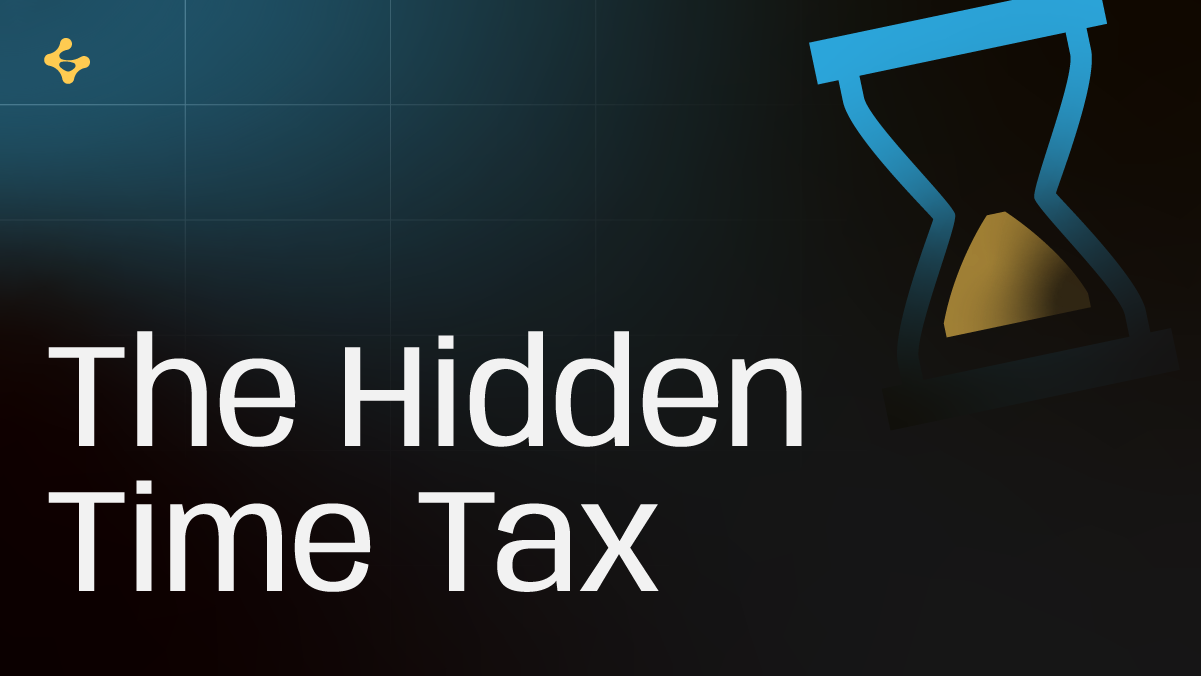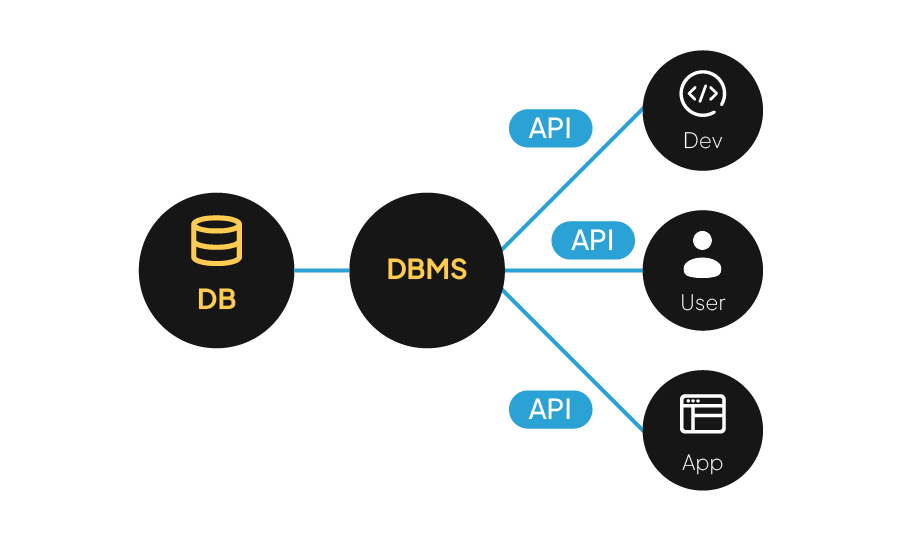



Here's the brutal truth: while you're reading this, somewhere a developer is staring at a terminal, watching a progress bar crawl through a PostgreSQL backup that started yesterday. Another team just cancelled their Friday deployment because their MySQL staging refresh won't finish until Monday.
Your competitors aren't waiting.
They've discovered database branching, a technology that turns 10-hour database duplication nightmares into 5-second operations. While your team burns entire days copying data, theirs create unlimited testing environments faster than you can brew coffee.
The gap is widening every minute you wait.
Let's do some uncomfortable math. When you manually copy a database, you're not just moving data, you're bleeding money, time, and opportunity.
The $50,000 Annual Waste: A 1TB PostgreSQL database using standard pg_dump takes 10+ hours to duplicate. Your senior developer at $100/hour? That's $1,000 per copy. Multiple that by weekly copies across 5 developers, and you're looking at $260,000 annually in pure waiting time.
Infrastructure costs compound this pain. Traditional database cloning demands full storage allocation upfront. Clone your 2TB production MySQL database for five environments, and you're paying for 10TB of additional storage, plus compute resources during copying.But here's what really hurts: opportunity cost.
While your team waits for database backup operations, competitors ship features, fix bugs, and iterate faster. The hidden cost isn't just the copying time, it's everything that doesn't happen while you wait.
Every failed copy (and they fail often) means restarting the entire process. Network timeouts, disk space issues, human error, they all multiply your time investment exponentially.
Traditional database management system (DBMS) tools weren't designed for today's development velocity. Tools like pg_dump for PostgreSQL and mysqldump for MySQL create full, independent copies of your data.

The fundamental problem? Physics.
Moving terabytes across networks takes time. No amount of optimization can change the fact that copying 500GB requires writing 500GB to disk. Your database management system becomes a bottleneck, not an accelerator.
Storage requirements explode exponentially. Need five testing environments? That's 5x your production storage, regardless of how similar the data is. Need historical snapshots? Each one consumes full space allocation.
Then comes the synchronization nightmare. Production changes daily, staging falls behind, development environments become stale fossils. Maintaining multiple copies creates a maintenance burden that scales with your team size and complexity.
Version control? Forget it. Traditional copying creates isolated snapshots with zero relationship between them. Good luck explaining which environment has which changes, or rolling back a problematic modification across multiple copies.

Database branching works exactly like Git, but for your data instead of code.
Here's how it works: When you create a branch, the system doesn't copy anything initially. Instead, it creates a lightweight pointer to your existing data. When changes happen, only the modified blocks get written to new storage locations. Unchanged data stays shared across all branches.
This copy-on-write approach transforms database operations:
5-Second Environment Creation Need a testing environment? Database branching spins up complete, isolated copies of your PostgreSQL or MySQL database instantly. No more waiting. No more progress bars. No more failed attempts.
Massive Storage Savings Ten branches of a 1TB database consume roughly 1.2TB total storage instead of 10TB. The data branching approach shares unchanged data intelligently across all environments.
True Version Control for Data Like Git tracks code history, database versioning maintains complete lineage of your data states. Roll back to any point in time, compare changes between branches, merge modifications with confidence.
Real-world example: Airbnb creates hundreds of isolated database versioning environments daily for testing. What used to take their team days now happens in seconds.
The versioned full data copies approach isn't theoretical. Teams worldwide use it to eliminate waiting time and unlock development velocity. With (rollback capabilities)[https://docs.guepard.run/guepard/features/branching], they gain unprecedented control over their data environments.
Here's what the time savings actually mean for your bottom line:
Your 1TB PostgreSQL database that took 10 hours to copy? Database branching does it in 5 seconds. That's 99.9% time reduction.
Developer ROI Calculator:
But the real value multiplier comes from what becomes possible. Instead of one environment copy per week, teams create dozens daily. Testing edge cases becomes routine. Schema experiments happen freely.
The use cases show teams across industries shipping 30-50% faster after adopting branching workflows.
Infrastructure Savings: Traditional database cloning requires 5-10x production storage for environments. Branching adds only 20-50% overhead regardless of branch count.
Case Study Numbers: A Series B SaaS company reduced their database operations time from 40 hours/ week to under 2 hours. Their engineering velocity increased 35%, and cloud storage costs dropped 60%.
Risk mitigation adds another layer of value. Traditional database backup operations fail 15-20% of the time according to industry surveys. Branching is deterministic and near-instantaneous, eliminating most failure modes entirely.
Teams using branching in AI, SaaS, and enterprise environments report 10-50x improvements in database operation speed. The productivity gains compound weekly.
Transitioning from manual database management to branching doesn't require ripping out your entire infrastructure.
Week 1: Start Small Replace your staging database duplication process first. This gives your team hands-on experience with branching workflows while keeping production stable.
Week 2-3: Team Integration Modern branching solutions plug directly into existing CI/CD pipelines. Your core architecture integration happens gradually, no disruption required.
Month 1+: Scale and Optimize Deploy self-service portal capabilities so developers create and manage environments independently. Operations overhead drops while development team autonomy increases.
The beauty of database branching cost scaling: unlike traditional copying, expenses scale with actual usage rather than environment count. Teams experiment freely with multiple branches without storage penalties.
Different architectures need different approaches. Whether you're implementing database-per-tenant isolation or shared development environments, branching adapts to your existing patterns rather than forcing architectural changes.
Success Pattern: Most teams see immediate ROI on their first branched environment. The time savings are so dramatic that adoption accelerates naturally across the organization.
Every day you delay costs money. Every hour spent waiting for database duplication is an hour your competitors gain on you.
The math is simple:
Your competitors have already made the switch. They're shipping faster, testing more thoroughly, and operating more efficiently while you're still watching progress bars.
Take action today:
Don't let another Friday deployment get cancelled because staging isn't ready. Don't let anotherdeveloper burn a day waiting for data copies.
The question isn't whether you can afford to switch to database branching. It's whether you can afford not to.